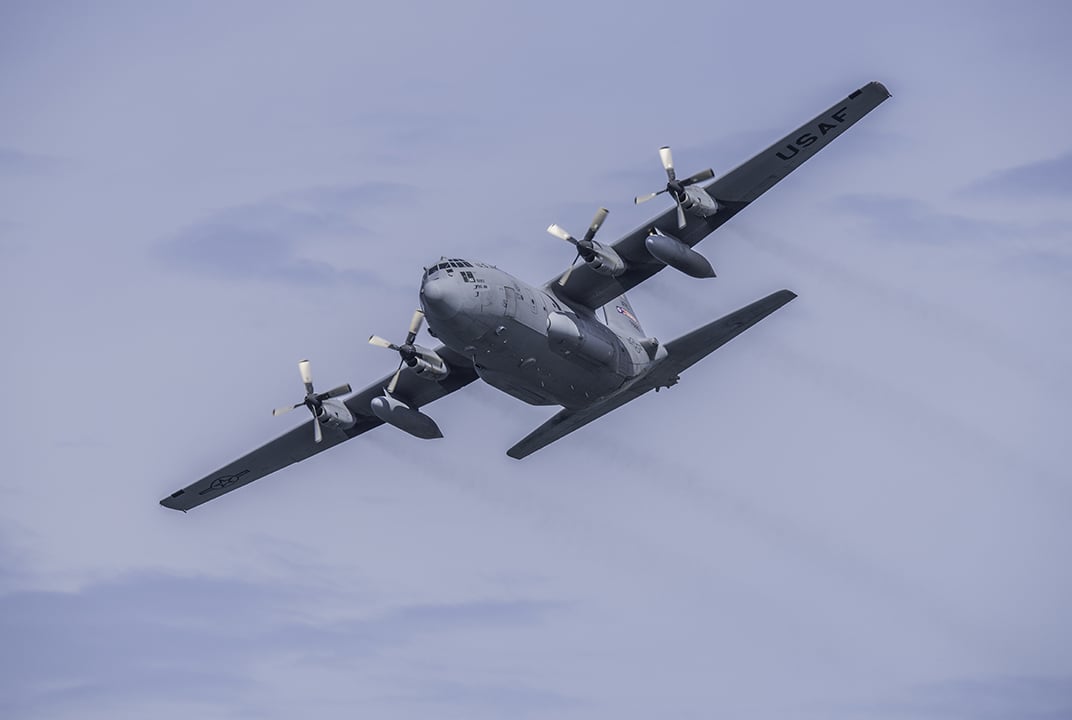Insight | How Inmarsat’s partnership with COMSAT delivers “Anytime, Anywhere” SATCOM connectivity to U.S. Government
How Inmarsat’s partnership with COMSAT delivers “Anytime, Anywhere” SATCOM connectivity to U.S. Government
Government
In this guest blog, COMSAT CSO Dylan Browne looks back over our 40-year partnership and what technological innovations lie ahead over the next 40 to enable additional capacity and coverage for the U.S government.
At COMSAT, we have served as a proud partner of Inmarsat for four decades, going back to Inmarsat’s very first constellation. In 1976, we built the Southbury and Santa Paula land earth stations, which supported the three-satellite Marisat constellation – the first maritime telecommunication satellites. Then, in early 1990s, the same Southbury earth station facilitated Inmarsat’s in-orbit testing of the navigation payload aboard Inmarsat’s third-generation satellites, Inmarsat-3, supporting GAN, Inmarsat C and Classic Aero services.
Such projects underscore how Inmarsat and COMSAT have worked together over time to establish “anytime, anywhere” connectivity to support the U.S. government missions over the years. Users, of course, may not be aware of the robust network infrastructure and managed network services behind the reliable connectivity that each mission requires, but this should never be their concern. Satellite communications (SATCOM), after all, is never an issue for users until it is no longer available or fails to deliver the needed capabilities. Through our partnership in the years since the Marisat constellation, we have ensured that this never happens:
- In the late 1990s, COMSAT participated in the Inmarsat Advisory Committee on Technical and Operational Matters (ACTOM) System Definition Manual (SDM) process that helped conceive and develop the Swift 64 waveform, which emerged as the backbone of communications for commercial and military aircraft fleets. With just two years left before the end of the Swift 64 era, we are proud to contribute to a project that has resulted in more than 100 million minutes of connectivity.
- In 2005, with the first satellite launched as part of Inmarsat’s fourth-generation constellation, Inmarsat-4, COMSAT was appointed as a distribution partner of the BGAN, FleetBroadband and SwiftBroadband services for an ever-increasing customer base looking for true global mobile connectivity. At this point military requirements were driven by the Network Centric Operations, and we were seeing a more global, asymmetrical battlefield – so satellite services needed provide higher throughputs and “follow” users reliably wherever the mission took them, whenever they had to be there. Toward this goal, we built upon our previous experience with a customer set that required up to eight bonded Swift 64 channels. We increased SwiftBroadband connection speeds through our router which supports the ability to bond and aggregate multiple streaming connections in-flight. This has allowed customers to combine multiple SwiftBroadband streaming channels to achieve higher data rates for real-time communications applications.
- Since 2014, with game-changing Global Xpress servicing government users, Inmarsat has turned to COMSAT as a Value-Added Reseller partner for its commercial Ka-band service, winning early contracts in the land mobile market, upselling true mobility that wasn’t present in Ku, C or X-band for terrestrial applications. With continued innovations for Ka-band-enabled SATCOM, users are benefiting from a uniform, worldwide, seamless spot beam architecture for maximum mobility, with greater resilience and capabilities.
- In 2018, we are thrilled to announce that we have completed our testing and deployment of the award-winning Wideband Steaming L-band (WiSL) solution across various U.S. government aeronautical and maritime platforms. The WiSL solution utilizes Inmarsat’s reliable, worldwide L-band space and ground network and augments existing SwiftBroadband or FleetBroadband terminals, allowing return datalinks up to 2.8 Mbps. It enhances the original functionality of the terminals, as it provides a dedicated high data rate communications link from a vehicle, maritime vessel or fixed-wing aircraft – fitted with an Inmarsat type-approved high-gain L-band terminal and antenna, as small as 10×10 inches and as light as 4.3 pounds – for each platform.
In addition, COMSAT expanded the WiSL capability with a modem that injects a single channel per carrier (SCPC) signal through a high-gain antenna. Dedicated satellite service brings high throughput, and, with remote management, users monitor and control satellite access. The architecture also encourages the building of operational beams as clusters of narrow beams or custom-shaped beams. The system uses commonly available commercial equipment and provides global deployment capabilities across the existing Inmarsat constellation.
At COMSAT, we are continuing to develop value-added solutions that enhance the offering of Inmarsat services in L-band and Ka-band. We are keeping our eye on the future Inmarsat-6 constellation, with a unique dual-band payload that enhances L-band and Global Xpress services. With this, we anticipate technological advances to enable additional capacity and coverage. It is within this spirit of limitless innovation that we move forward in our partnership fully confident that users and their missions will be supported with the most seamless, flexible, resilient, global, secure and capable SATCOM available. And we expect to be doing the same four decades from now – and beyond!
About the author
Dylan Browne brings more than 25 years of experience in military, government and commercial satellite operations to his role as Chief Strategy Officer at COMSAT Inc.
He is responsible for both the day to day business strategy of COMSAT’s U.S. and International Mil/Gov programs and the development of new services and markets such as COMSAT’s re-entry into the commercial Maritime sector leveraging the company value-added platforms for IoT telematics and crew welfare services.


